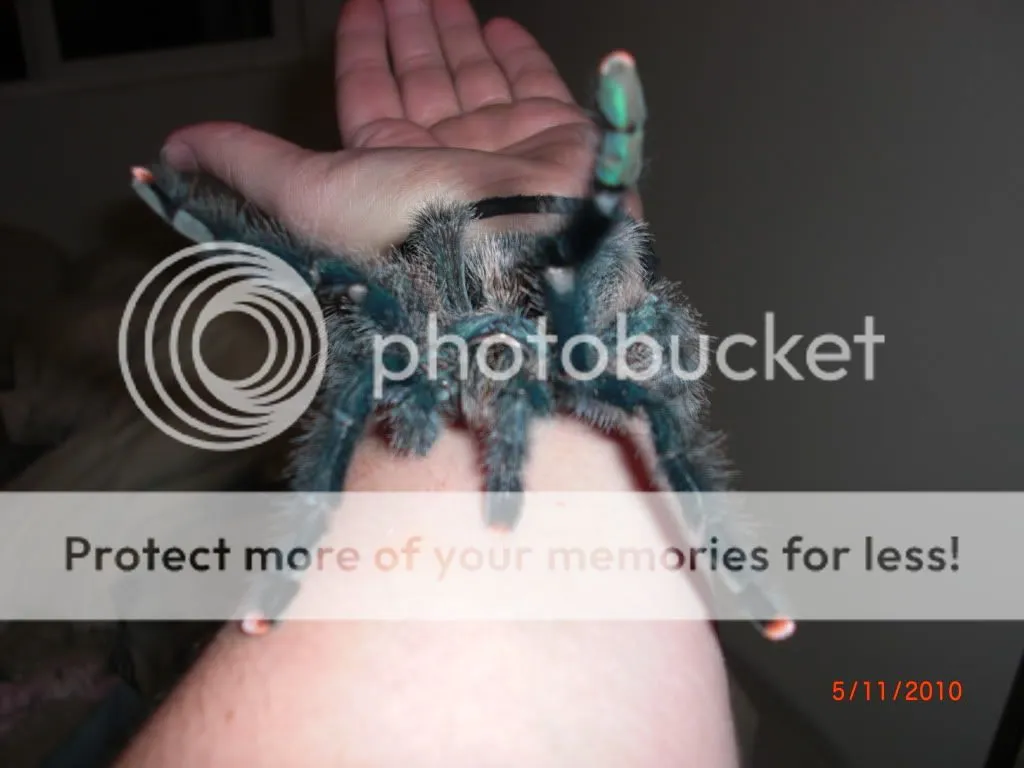Pink Toe Tarantula Death Why? 5 Shocking Reasons
The passing of a beloved pet, especially one as unique as a Pink Toe Tarantula, is a heartbreaking experience. These captivating creatures, with their arboreal lifestyle and gentle demeanor, often become cherished members of the family. When a Pink Toe Tarantula dies, it’s natural to be overwhelmed with questions and a desire to understand what went wrong. This guide delves into the five most shocking reasons behind Pink Toe Tarantula deaths, providing insights into their specific needs and how to ensure a long, healthy life for your arachnid companion. By understanding these factors, you can prevent future tragedies and become a more informed and capable tarantula keeper.
Understanding Pink Toe Tarantulas
Before delving into the causes of death, it’s essential to understand the Pink Toe Tarantula (Avicularia avicularia) itself. Native to the rainforests of South America, these spiders are known for their vibrant colors and docile nature. They are arboreal, meaning they live primarily in trees, and are well-adapted to a humid environment. Their lifespan can range from 5 to 12 years in captivity, making them a relatively long-term pet. Providing the correct care is crucial for their survival and well-being, mimicking their natural habitat as closely as possible is the key.
Common Pink Toe Tarantula Characteristics
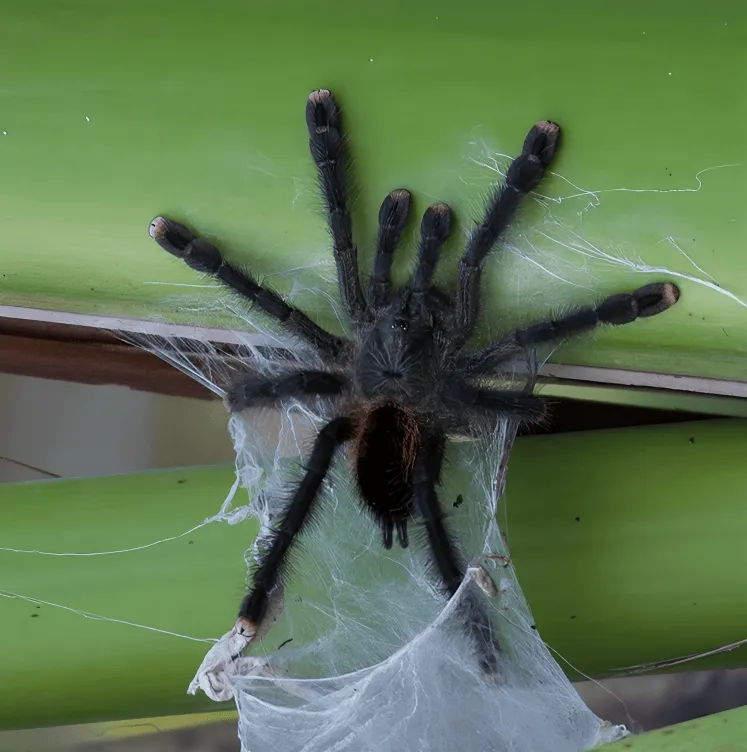
Pink Toe Tarantulas are easily identifiable by their namesake pink tips on their legs and their overall arboreal build. They have a unique way of life. They are quite active, creating webs in the upper portions of their enclosures. They have a relatively gentle temperament and can be handled with care, though handling should be kept to a minimum to avoid stress. They have a relatively small size as adults, usually reaching about 5-6 inches in leg span. Their appearance and behavior make them popular pets, but their specific needs must be met to ensure their health and longevity, especially if you are a beginner.
Ideal Habitat Conditions
Creating the ideal habitat is crucial for your Pink Toe Tarantula’s health. This involves providing a vertical enclosure with plenty of climbing space, such as cork bark or branches. The enclosure should be well-ventilated but still maintain high humidity levels, achieved through regular misting and the use of substrate that retains moisture, such as coconut fiber or sphagnum moss. The temperature should be consistently maintained within a specific range, and the enclosure should be free from harmful chemicals or toxins. These are the core aspects of their habitat and can drastically affect their lives if not provided correctly. The correct habitat is the most important factor.
1 Reason Improper Humidity and Ventilation
Improper humidity and ventilation are leading causes of death in Pink Toe Tarantulas. They thrive in humid environments, similar to their native rainforest habitats. Too little humidity can lead to dehydration and difficulty molting, while too much can promote mold growth and respiratory issues. Ventilation is equally critical to prevent the build-up of stagnant air, which can harbor bacteria and fungi that are harmful to the tarantula. Maintaining the right balance is therefore critical, as it can drastically impact their survival. This is one of the most common mistakes made by owners.
Why is Humidity Vital
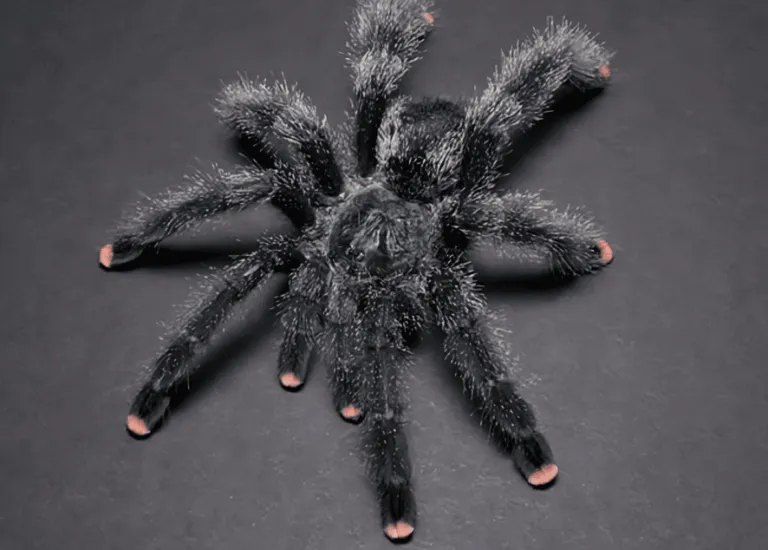
Humidity is vital for several reasons. It aids in the molting process, where the tarantula sheds its exoskeleton to grow. Without sufficient humidity, the old exoskeleton can become too dry and difficult to shed, leading to a failed molt and potentially death. Humidity also helps maintain the tarantula’s hydration, preventing dehydration. In their natural environment, tarantulas absorb moisture from the air. Therefore, replicating this natural moisture is key to their survival. Proper humidity is a crucial element to their well-being and survival.
How to Ensure Adequate Ventilation
Adequate ventilation is achieved through a combination of proper enclosure design and regular maintenance. The enclosure should have cross-ventilation, with air intake on one side and exhaust on the other, or a screened top. Avoid enclosures with poor airflow, such as those with solid lids. Regularly check for and remove any mold or mildew growth. Ensure that the substrate is not overly saturated, as this can lead to stagnant, humid conditions that promote mold. Monitoring the environment can help you solve this issue. The use of a hygrometer can help you monitor your environment.
2 Reason Incorrect Temperature
Temperature plays a crucial role in the Pink Toe Tarantula’s health and metabolism. They are ectothermic, meaning they rely on their external environment to regulate their body temperature. Temperatures that are too low can slow down their metabolism, making them lethargic and susceptible to illness. Conversely, excessively high temperatures can lead to dehydration and stress. The ideal temperature range is typically between 75-85°F (24-29°C). Consistent monitoring and maintaining the right temperature range is key to ensuring their survival. Therefore, checking the temperature is important.
Impact of Temperature on Tarantulas
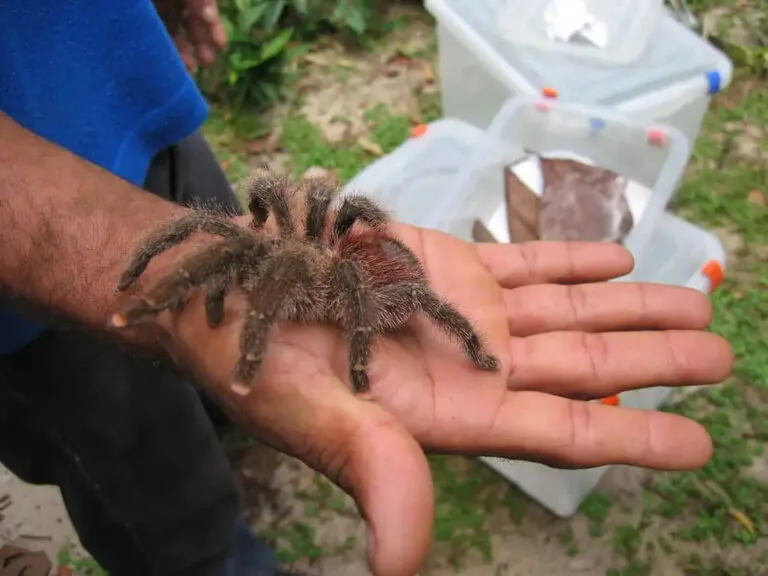
The impact of temperature on Pink Toe Tarantulas is significant. Low temperatures can suppress their appetite and activity levels, making them vulnerable to infections. High temperatures can cause them to become stressed, leading to dehydration and potentially fatal consequences. Temperature also influences their molting cycle and overall growth rate. Ensuring that the temperature is within the ideal range can help you ensure the spider’s survival, making them happy and healthy, as they should be. Providing a proper temperature will increase their lifespan.
Maintaining the Right Temperature
Maintaining the correct temperature can be achieved using a variety of methods. The use of a thermostat-controlled heat source, such as a low-wattage heat lamp or a heat mat placed on the side of the enclosure, can help regulate the temperature. Avoid placing the heat source directly on the bottom of the enclosure, as this can overheat the substrate and potentially harm the tarantula. Regularly monitor the temperature with a thermometer to ensure it remains within the ideal range. You can also place the enclosure in a room with a consistent temperature. Checking your setup and ensuring the temperature is maintained is a must.
3 Reason Dehydration Issues
Dehydration is a common and often overlooked cause of death in Pink Toe Tarantulas. These tarantulas require a consistent supply of moisture to stay hydrated. Dehydration can stem from low humidity, insufficient access to water, or illness. Signs of dehydration can be subtle initially but can quickly escalate to a life-threatening condition. If you provide the right conditions for your tarantula, you can avoid dehydration and improve their life expectancy. Regular monitoring is required to avoid dehydration and prevent death. Dehydration can be caused by improper humidity or by failure to provide water.
Signs of Dehydration in Pink Toes
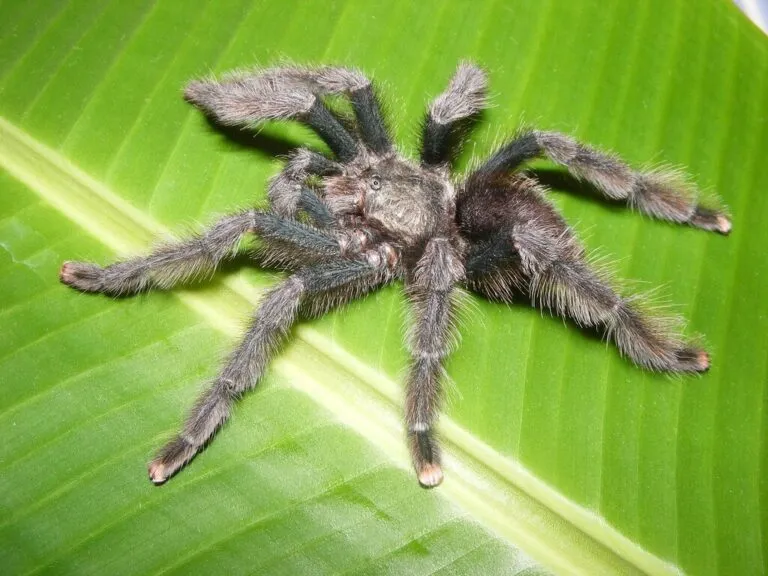
Recognizing the signs of dehydration is critical for timely intervention. These signs include a shrunken abdomen, lethargy, loss of appetite, and difficulty molting. The tarantula might appear sluggish and less active than usual, and its skin may look wrinkled or dry. In severe cases, the tarantula’s legs may curl inward. If you notice any of these symptoms, it’s essential to take immediate action to rehydrate your Pink Toe Tarantula. If not addressed immediately, these issues can quickly worsen. This is an urgent issue that must be addressed immediately.
Providing Fresh Water
Providing a constant source of fresh water is essential to prevent dehydration. This can be done using a shallow water dish or a bottle cap with a sponge. The water dish should be shallow enough to prevent the tarantula from drowning but accessible. Ensure that the water is always clean and free of any debris or contaminants. Replace the water regularly, typically every 1-2 days, to prevent bacterial growth. In addition to a water dish, you can mist the enclosure with dechlorinated water once or twice a week to boost humidity and provide an additional source of hydration. Regularly checking and cleaning is key.
4 Reason Nutritional Deficiencies
Nutritional deficiencies can also contribute to the death of a Pink Toe Tarantula. Like all living creatures, Pink Toe Tarantulas need a balanced diet to thrive. A lack of essential nutrients can weaken their immune system, hinder growth, and increase their susceptibility to diseases. Providing the right food is as important as maintaining the right environment. The right food can provide them with all the required nutrients to make them healthy. A good diet can help you keep your pet alive.
Appropriate Diet for Pink Toe Tarantulas
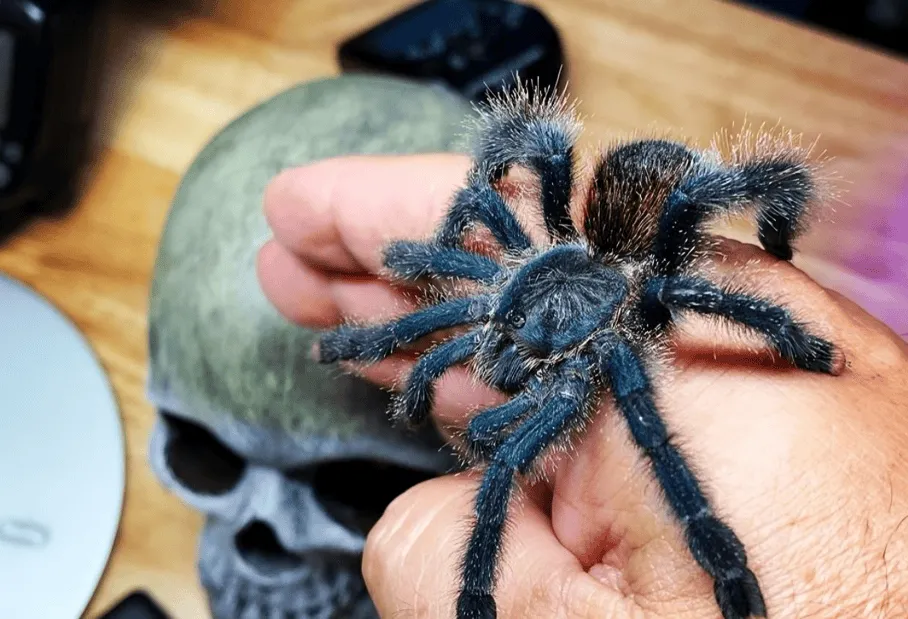
The primary diet of Pink Toe Tarantulas consists of insects. Crickets, roaches, and mealworms are common choices. The size of the prey should be appropriate for the size of the tarantula, ensuring that the tarantula can easily capture and consume it. It’s also important to ensure the insects are gut-loaded before feeding them to your tarantula. Gut-loading involves feeding the insects a nutritious diet, which in turn provides your tarantula with essential vitamins and minerals. You can also provide vitamins to ensure a good diet and avoid any deficiencies. This helps your tarantula consume all the required nutrients.
Frequency of Feeding
The feeding frequency depends on the age and size of the tarantula. Spiderlings typically need to be fed more frequently, around 2-3 times a week, while adult tarantulas can be fed once a week or even less often. It is essential to remove any uneaten prey within 24 hours to prevent stress on the tarantula. Be careful not to overfeed, as this can lead to obesity and other health problems. Always observe your tarantula’s feeding habits and adjust the frequency and quantity of food accordingly. Monitoring is key to preventing malnutrition.
5 Reason Exposure to Toxins
Exposure to toxins is a significant threat to Pink Toe Tarantulas. They are highly sensitive to various chemicals, including pesticides, cleaning products, and certain types of wood. Even seemingly harmless substances can be deadly to these delicate creatures. Therefore, it is critical to eliminate toxins in your tarantula’s habitat to ensure their survival. Many common household chemicals can be toxic to tarantulas. Proper care is essential to prevent any exposure to toxins, as this is something that can easily be avoided.
Identifying Toxic Substances
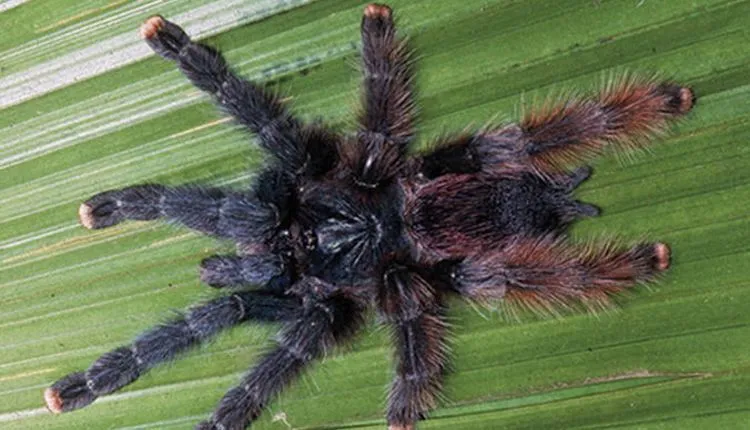
Identifying potential toxins in your tarantula’s environment is the first step in prevention. Avoid using any pesticides or insecticides near the enclosure. Carefully check any wood or decorations you introduce into the enclosure to ensure they are not treated with chemicals. Avoid using harsh cleaning products, such as bleach or ammonia, near the enclosure, as the fumes can be harmful. Be aware of any potential sources of toxins in your home and take steps to minimize their exposure to your tarantula. Being mindful of these items can greatly increase their lifespan.
Safe Cleaning Practices
Safe cleaning practices are crucial for maintaining a healthy habitat for your Pink Toe Tarantula. Use only dechlorinated water to mist the enclosure and clean the water dish. When cleaning the enclosure, remove the tarantula to a safe location, such as a separate container. Use a gentle, unscented soap or a reptile-safe cleaner to wipe down the enclosure. Rinse the enclosure thoroughly to remove any residue. Allow the enclosure to dry completely before returning the tarantula to its habitat. This will minimize exposure to potentially harmful chemicals. Maintaining a clean environment is essential.
Prevention and Care
Preventing the death of a Pink Toe Tarantula involves diligent care, observation, and understanding of their specific needs. By addressing the five key reasons discussed—improper humidity and ventilation, incorrect temperature, dehydration, nutritional deficiencies, and exposure to toxins—you can significantly increase your tarantula’s chances of a long and healthy life. Regular monitoring of the enclosure’s conditions, along with consistent care, is essential for keeping your Pink Toe Tarantula happy and thriving. Always be prepared to seek expert advice from a veterinarian or experienced tarantula keeper if you have any concerns about your pet’s health.
